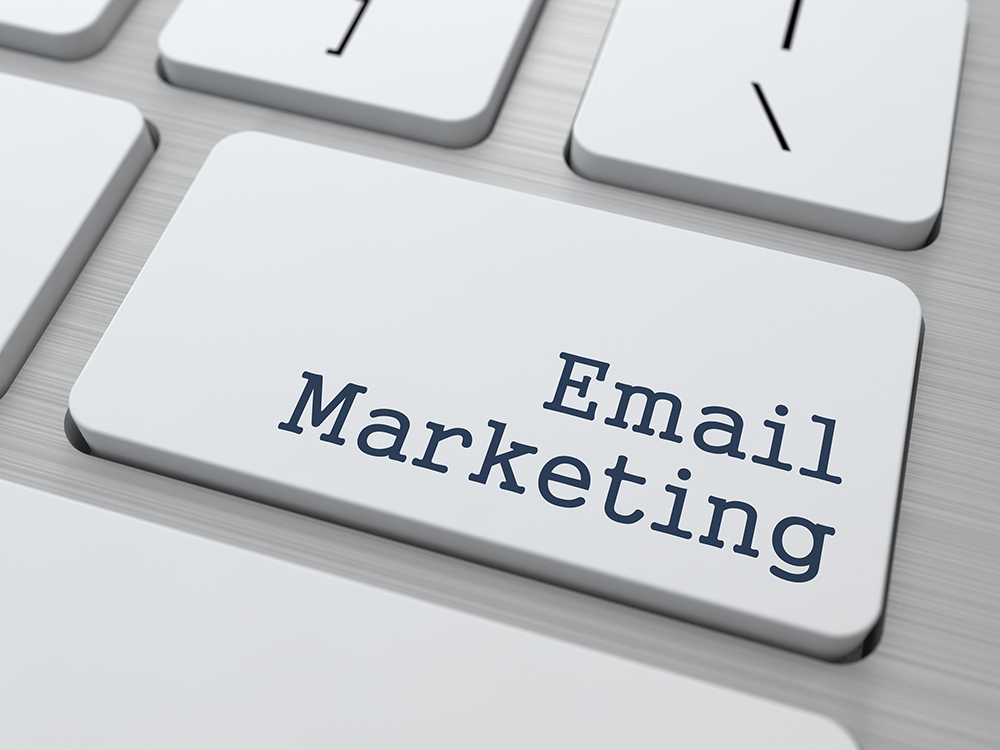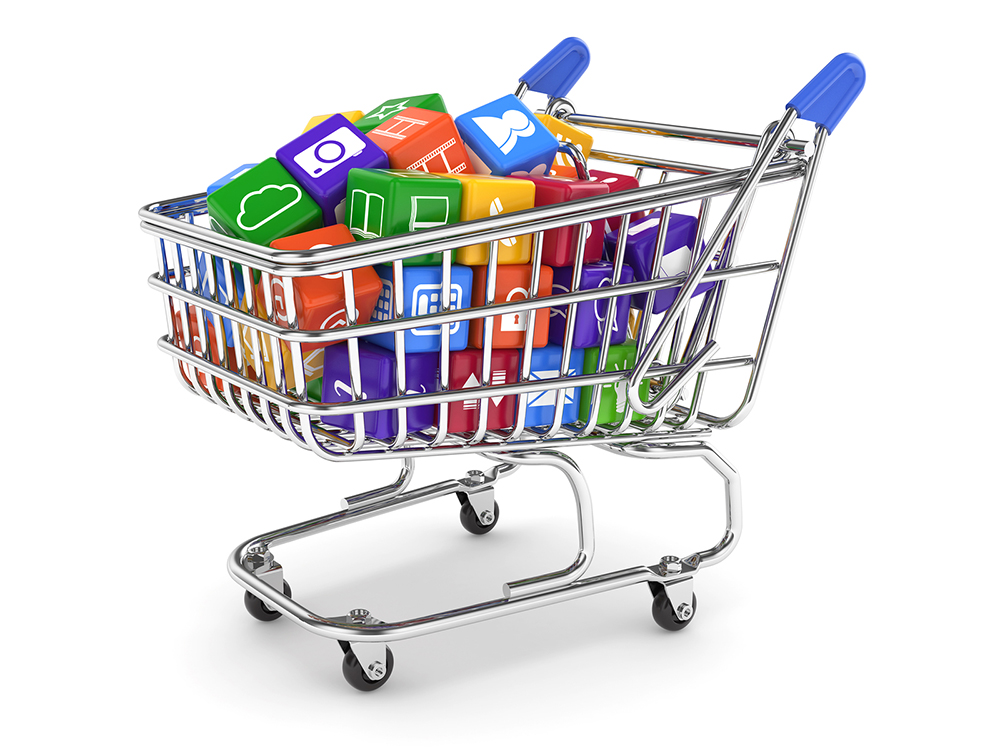But getting people to open your emails is tricky business. That’s why achieving a high open rate is the most important factor for your email marketing campaign.
Here are seven tips to improve your open rates:
Subject Line
The subject line is your chance to make a first impression as the gateway to your customer and one of two things they will see before opening any email. What would make you want to open an email? Utilize customer attributes and power words while avoiding cheesy phrases and exclamation points to pique interest and create a sense of urgency.
Be Specific
Make it clear why you are emailing and what they are about to open. You only have a few seconds to capture their attention. Reveal a little information to entice them to open with a sense there is more to come. Display your call-to-action early. Getting to the point while being upfront and honest will get opens.
Who Is It From?
The email recipient should know who the email is from without having to think about it. Otherwise, it might get deleted immediately. It’s best to put your company name in the From Line, or a combination of a single name and company name to make it a bit more personalized.
Personalize
A personalized email improves click-through rates by 14 percent and conversion rates by 10 percent, according to Sikich.com. Using the recipient’s name in the subject line or greeting to create the sense you’re speaking directly to the customer and there is a real person they can reply to. Optimize For Mobile You shouldn't be surprised to know that 38 percent of all emails are opened on a mobile device, a number that will increase to 78 percent by 2017. It’s important to optimize your subject lines for mobile devices first by limiting them to 50 characters.
Timing Is Important
Test, monitor and analyze what times of day your emails are being read. Timing can be important for capturing your customer’s attention. This study suggests email sent during the afternoon is the top engagement window, but be sure to experiment.
Avoid Spam Filters
Spam filters work by analyzing a list of criteria to determine an email’s “spam score,” which determines whether it is sent to the spam folder. Avoid words and phrases like “free” and “act now,” using all capital letters, dollar signs and lots of exclamation points. Not only are they a red flag for the spam filter, but they appear sketchy to your recipient as well.







 RSS Feed
RSS Feed
